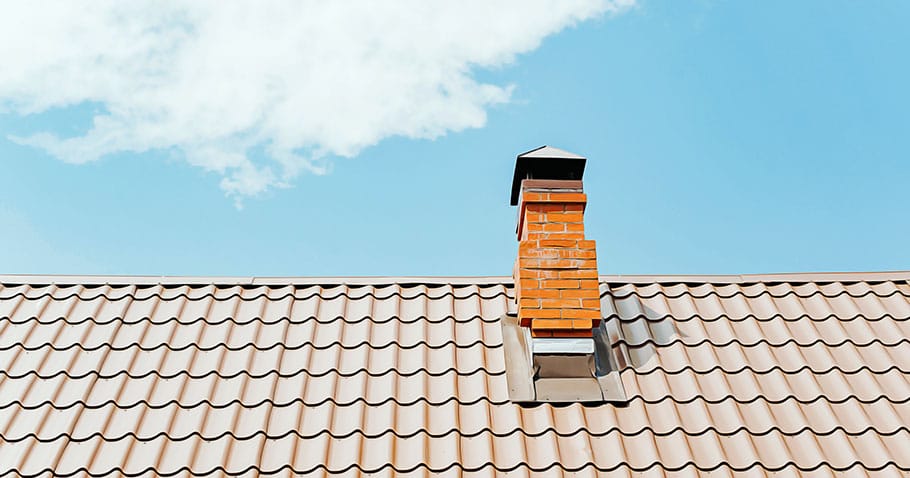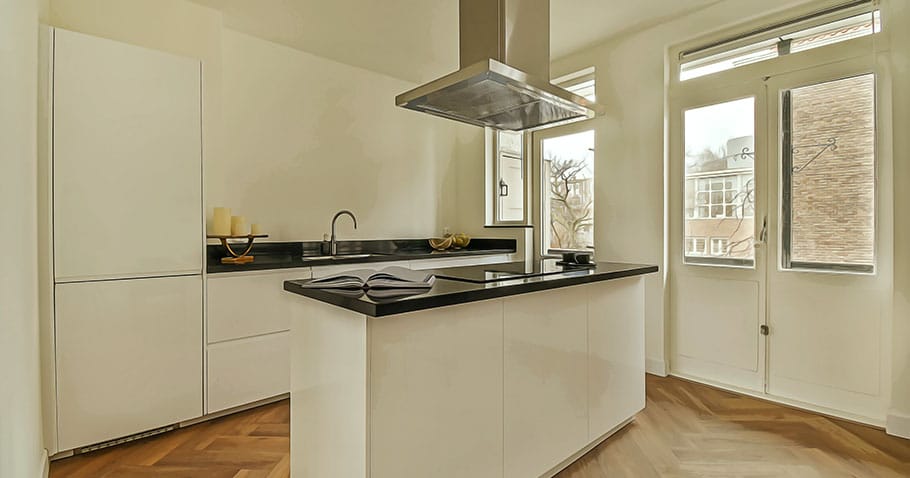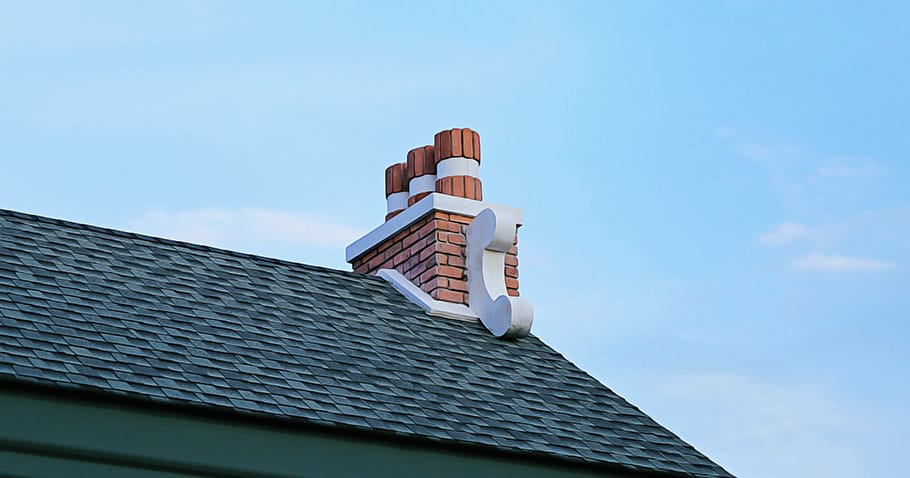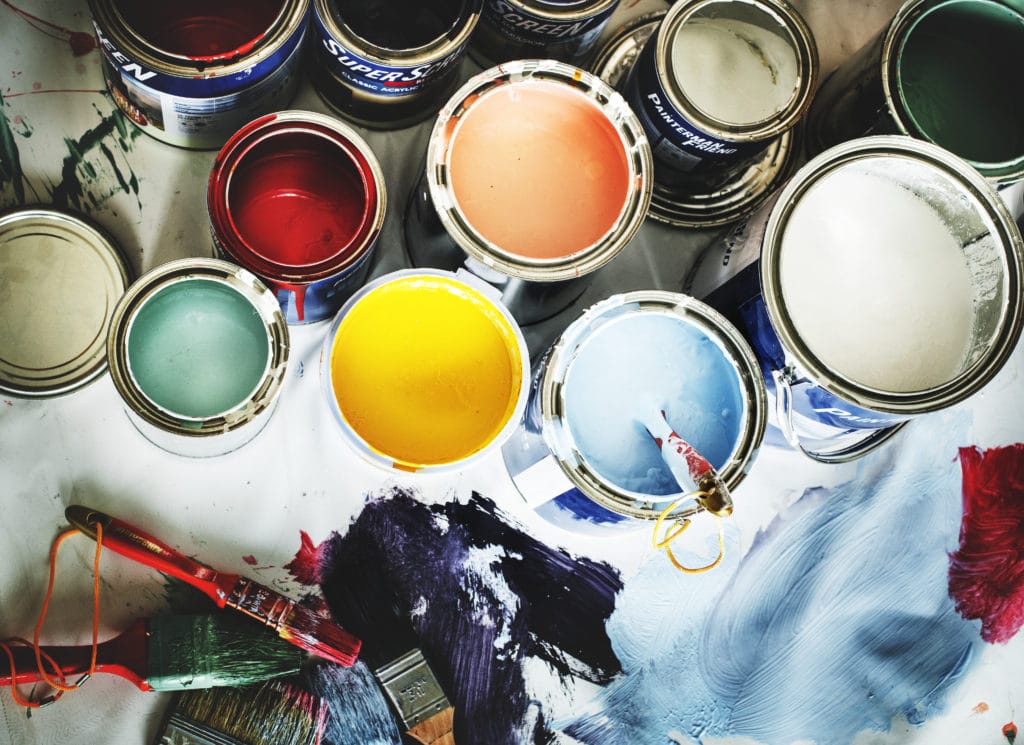What makes persian rugs so elegant

Persian rugs are more than just floor coverings. They represent a rich history, art, and craftsmanship, symbolizing luxury and tradition. These rugs have been an integral part of Persian culture for centuries, and their timeless elegance continues to captivate people around the world. This article explores the fascinating world of Persian rugs, delving into their history, types, artistry, and the cultural significance that makes them unique.
The Artistry Behind Persian Rugs
Persian rugs are renowned for their intricate designs and meticulous craftsmanship. The artistry behind these rugs is a blend of skill, creativity, and tradition, handed down through generations. Each rug is a labor of love, taking months or even years to complete.
The weavers use a loom to knot the wool or silk threads, creating complex designs with precision. The knot density is a key indicator of a rug’s quality, with higher knot counts often signifying more intricate detail. The most skilled weavers can produce up to 800 knots per square inch, showcasing exceptional craftsmanship.
Designs are often inspired by nature, featuring motifs like flowers, animals, and geometric shapes. These patterns are more than decorative; they carry cultural and spiritual significance. For example, the boteh design, resembling a paisley pattern, symbolizes fertility and life. The garden motif, with its representation of paradise, reflects the Persian love for lush, beautiful gardens.
Colors play a vital role in Persian rugs, adding depth and emotion to the designs. Natural dyes derived from plants, minerals, and insects are used to create a rich, varied palette. From deep indigos to warm reds, each color has meaning, reflecting the weaver’s intention and the cultural context of the rug.
A Rich History of Persian Rugs
The art of weaving Persian rugs dates back to ancient Persia, now modern-day Iran. With evidence of rug-making as far back as 2,500 years ago, these rugs have become synonymous with exquisite craftsmanship. The Persian rug’s history is intertwined with the region’s cultural evolution, reflecting the changing political, social, and economic landscapes.
The earliest known Persian rug, the Pazyryk Carpet, was discovered in a Siberian burial mound, and its intricate designs point to a sophisticated weaving tradition. As the Persian Empire expanded, so did the reach of Persian rugs, with influences spreading across different cultures and regions.
In the 16th century, during the Safavid dynasty, Persian rug-making reached its zenith. The royal courts sponsored weaving workshops, which produced masterpieces for palaces and mosques. This era marked the golden age of Persian rugs, as artists and craftsmen developed complex patterns, weaving techniques, and a vibrant color palette that continues to inspire contemporary designs.
Types of Persian Rugs
Persian rugs come in various styles, each with unique characteristics and designs. The type of rug is often associated with the region or city where it is made, reflecting local traditions, materials, and techniques.
- Tabriz Rugs: Known for their detailed floral patterns and high knot density, Tabriz rugs are a testament to the skilled craftsmanship of their makers. They often feature medallion designs and are made from high-quality wool or silk.
- Isfahan Rugs: These rugs are renowned for their intricate designs and elegance. They often incorporate floral motifs and arabesques, using a soft, harmonious color palette. Isfahan rugs are crafted from wool and silk, resulting in a luxurious texture.
- Kashan Rugs: Kashan rugs are famous for their traditional Persian motifs, such as medallions and floral patterns. The city’s rich history of weaving is evident in the quality and beauty of these rugs, often made with a high knot count.
- Qom Rugs: Known for their silk materials and vibrant colors, Qom rugs are among the finest Persian rugs. The designs are often intricate and detailed, showcasing a blend of traditional rugs Virginia and modern patterns.
- Nain Rugs: These rugs are distinguished by their soft color palette and fine craftsmanship. Nain rugs often feature floral designs and are made with a high knot density, resulting in a delicate and elegant appearance.
The Cultural Significance of Persian Rugs
Persian rugs hold immense cultural significance, representing the history, art, and identity of the Persian people. They are not just functional items but symbols of tradition, pride, and heritage.
In Persian culture, rugs play a central role in daily life, often used for prayer, decoration, and gatherings. They are passed down through generations, becoming family heirlooms that carry memories and stories. The giving of a Persian rug as a gift is a gesture of respect and admiration, symbolizing beauty, love, and prosperity.
Rugs are also deeply connected to Persian poetry and literature. The intricate patterns and colors of the rugs are often likened to the beauty and complexity of Persian verse. Poets and writers have drawn inspiration from the art of rug-making, weaving it into the fabric of Persian cultural expression.
The craftsmanship and artistry of Persian rugs have also influenced global art and design. Their timeless beauty has inspired artists, designers, and collectors worldwide, transcending cultural boundaries and becoming a universal symbol of elegance and refinement.
The Craftsmanship Behind Persian Rugs
The creation of a Persian rug is a painstaking process, requiring skill, patience, and attention to detail. The process begins with the selection of materials, typically high-quality wool or silk. Natural dyes are used to achieve the desired color palette, often derived from plants, minerals, and insects.
The weavers, often trained from a young age, work on looms to create the intricate designs. Each knot is tied with precision, contributing to the overall pattern. The process can take several months or even years, depending on the complexity and size of the rug.
The knot density of a Persian rug is a crucial factor in its quality. Rugs with higher knot counts are more detailed and durable. Some of the finest Persian rugs have up to 1,000 knots per square inch, showcasing exceptional craftsmanship and artistry.
The Enduring Appeal of Persian Rugs
Persian area rugs have an enduring appeal that transcends trends and fashion. Their timeless beauty and intricate designs make them a valuable addition to any space, whether in a traditional home or a modern interior.
The versatility of Persian rugs allows them to complement a wide range of styles and aesthetics. From grand palaces to contemporary apartments, these rugs add warmth, elegance, and a touch of luxury. The intricate patterns and rich colors serve as focal points, drawing attention and admiration.
In today’s globalized world, Persian rugs continue to captivate art collectors, interior designers, and homeowners. Their rich history, craftsmanship, and cultural significance make them more than just decorative items. They are investments in art and tradition, preserving a piece of Persian heritage for future generations.
Conclusion
Persian rugs are more than mere floor coverings; they are works of art that reflect centuries of tradition, craftsmanship, and culture. From their rich history to their intricate designs, these rugs have captured the hearts of people worldwide. The artistry and skill involved in their creation make each rug a unique masterpiece, telling a story of beauty, heritage, and human creativity.
Whether adorning a living room or displayed in a museum, Persian antique rugs VA continue to symbolize elegance and luxury, transcending time and cultural boundaries. Their timeless appeal and cultural significance ensure that they will remain cherished treasures for generations to come.

































































